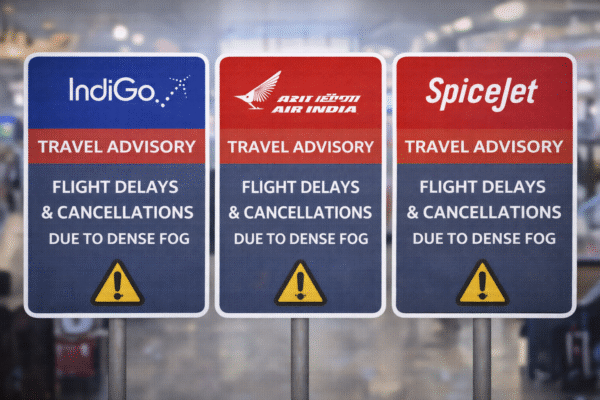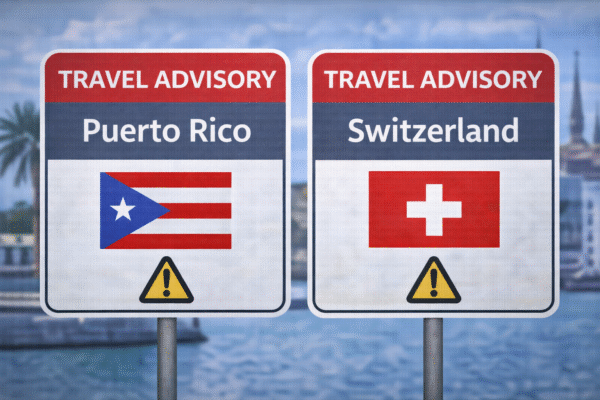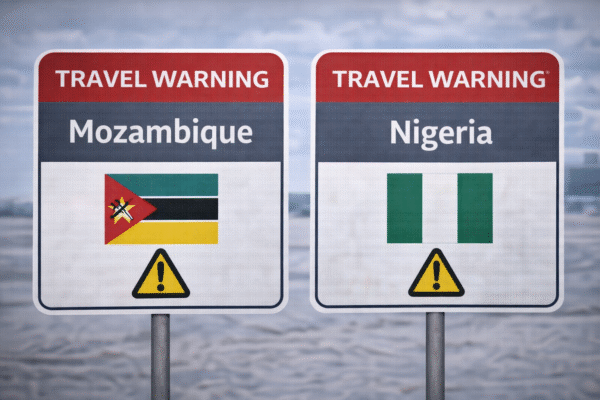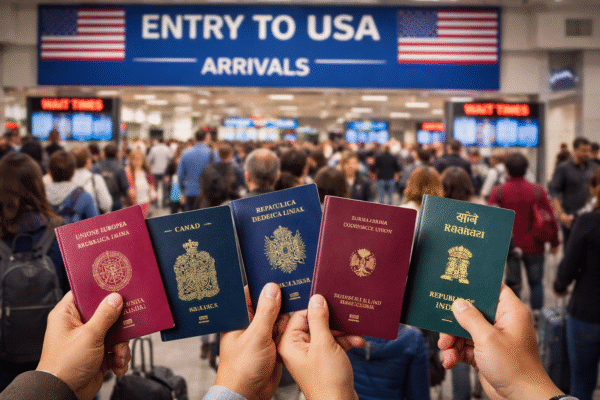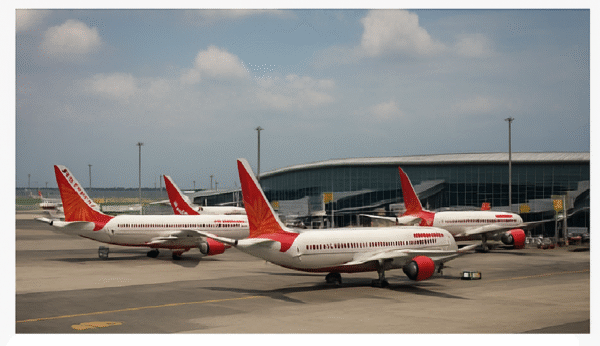India’s aviation industry, one of the fastest-growing markets globally, faces heightened scrutiny after the Directorate General of Civil Aviation (DGCA) audit uncovered significant safety and operational shortcomings across scheduled carriers. The audit under the DGCA’s Annual Surveillance Plan flagged material compliance gaps demanding urgent corrective action. As air travel demand soars—fueled by growing tourism, budget fares, and expanding international routes—maintaining high safety and operational standards is imperative to safeguard passengers, support tourism stakeholders, and preserve the sector’s growth trajectory.
The DGCA’s Annual Surveillance Plan is a cornerstone of India’s aviation safety framework, evaluating airline operations against national and International Civil Aviation Organization (ICAO) standards. Under the Safety Oversight Programme, auditors review maintenance procedures, documentation controls, crew training, and ground-handling practices across both domestic and international operations. These audits, conducted several times a year, engage multidisciplinary teams to ensure comprehensive coverage. Findings are categorized by severity: Level 1 issues require action within one week, while Level 2 findings must be resolved within thirty days to enhance operational efficiency and prevent future lapses.
India’s largest international carrier recorded 51 audit findings, making it the second-most affected operator. Seven of these were Level 1, highlighting urgent concerns such as noncompliance with standard operating procedures for aircraft dispatch, discrepancies in maintenance logs, and gaps in crew safety manual distribution. The remaining 44 Level 2 findings spanned areas like document control, calibration records, and procedural training refreshers. These results underscore the complexity of high-volume international operations and reinforce the importance of robust process controls, continuous training, and proactive safety management systems.
A leading regional carrier topped the list with 57 findings, a mix of urgent and medium-priority issues. Several budget and low-cost operators also logged notable gaps: one carrier reported 41 findings related to ground handling and maintenance records, while another had 35 issues involving procedural and scheduling lapses. Both types of carriers are now exploring digital logbooks, automated crew rostering, and standardized checklists to address recurring Level 2 issues. Even airlines with fewer total findings—17 and 14, respectively—faced critical Level 1 concerns such as missing procedural approvals and safety record-keeping errors.
These audit outcomes have immediate implications for India’s travel industry, including airport authorities, ground handlers, and travel agents. Carriers under increased scrutiny may face additional inspections, schedule adjustments, and temporary operational constraints that could cascade into flight delays or route cancellations. Travel agents must communicate corrective measures and flexible rebooking options clearly to maintain passenger confidence, while airports may need to bolster coordination with airlines for improved turnaround processes and minimize disruptions during peak tourism periods.
Following each audit, airlines must submit Corrective Action Reports (CARs) detailing remedial steps, responsible teams, and precise timelines. The DGCA plans to publish a summary of key findings on its portal and host industry workshops to share best practices. Auditors conduct follow-up inspections to verify that all Level 1 findings are fully resolved. Carriers that miss deadlines or inadequately address urgent issues risk enforcement actions, including fines, suspension of route permissions, or public notices to protect consumer interests. This oversight reinforces India’s commitment to passenger safety and alignment with global best practices.
As India’s aviation market accelerates toward becoming the world’s third-largest by decade’s end, the sector grapples with infrastructure constraints, airport capacity shortages, and skilled workforce gaps. Airports in tier-two cities are fast-tracking terminal expansions and investing in modern baggage-handling systems, while carriers are scaling up simulator-based training, digital maintenance platforms, and pilot recruitment drives. Yet, the DGCA audit highlights that technology alone cannot substitute for comprehensive governance and a culture of safety embedded across all operations and regional airports.
Industry experts recommend that carriers deploy integrated safety management systems connected with real-time analytics for predictive maintenance and strengthen internal audit capabilities with independent oversight committees. Partnerships with tech startups offering AI-driven fatigue monitoring and automated compliance dashboards can accelerate progress. Transparent reporting of audit outcomes, regular stakeholder briefings, and public dashboards can bolster trust and accountability. For the travel industry at large, clear visibility into airlines’ corrective roadmaps will inform booking strategies, capacity planning, and marketing campaigns ahead of the monsoon and festive travel seasons.
Looking ahead, the DGCA audit has set a clear reform agenda: airlines must accelerate corrective actions, regulators will intensify oversight, and industry partners, including airports and travel agencies, must collaborate to fortify safety frameworks. By addressing these operational challenges head-on, India’s aviation sector can protect passengers, enhance investor confidence, improve regional connectivity networks, and sustain its reputation as a reliable, growth-oriented market that drives tourism and economic development across the country.
Read more news, follow Global Travel Wire.
Disclaimer: This image is AI generated and may bear no resemblance with actual fact or images.




